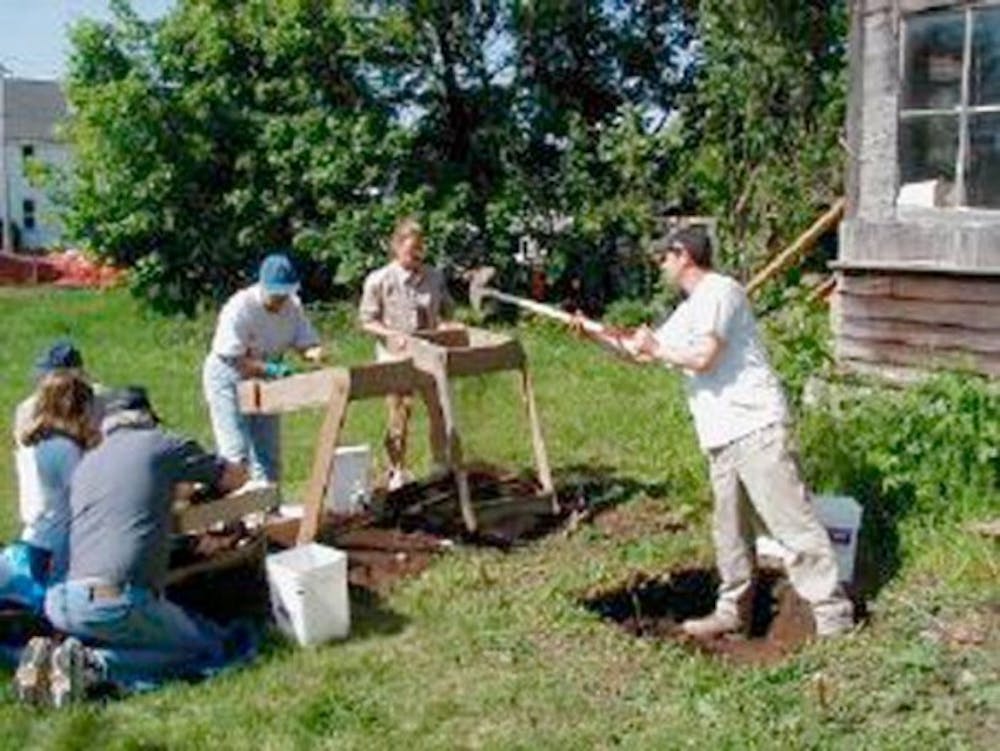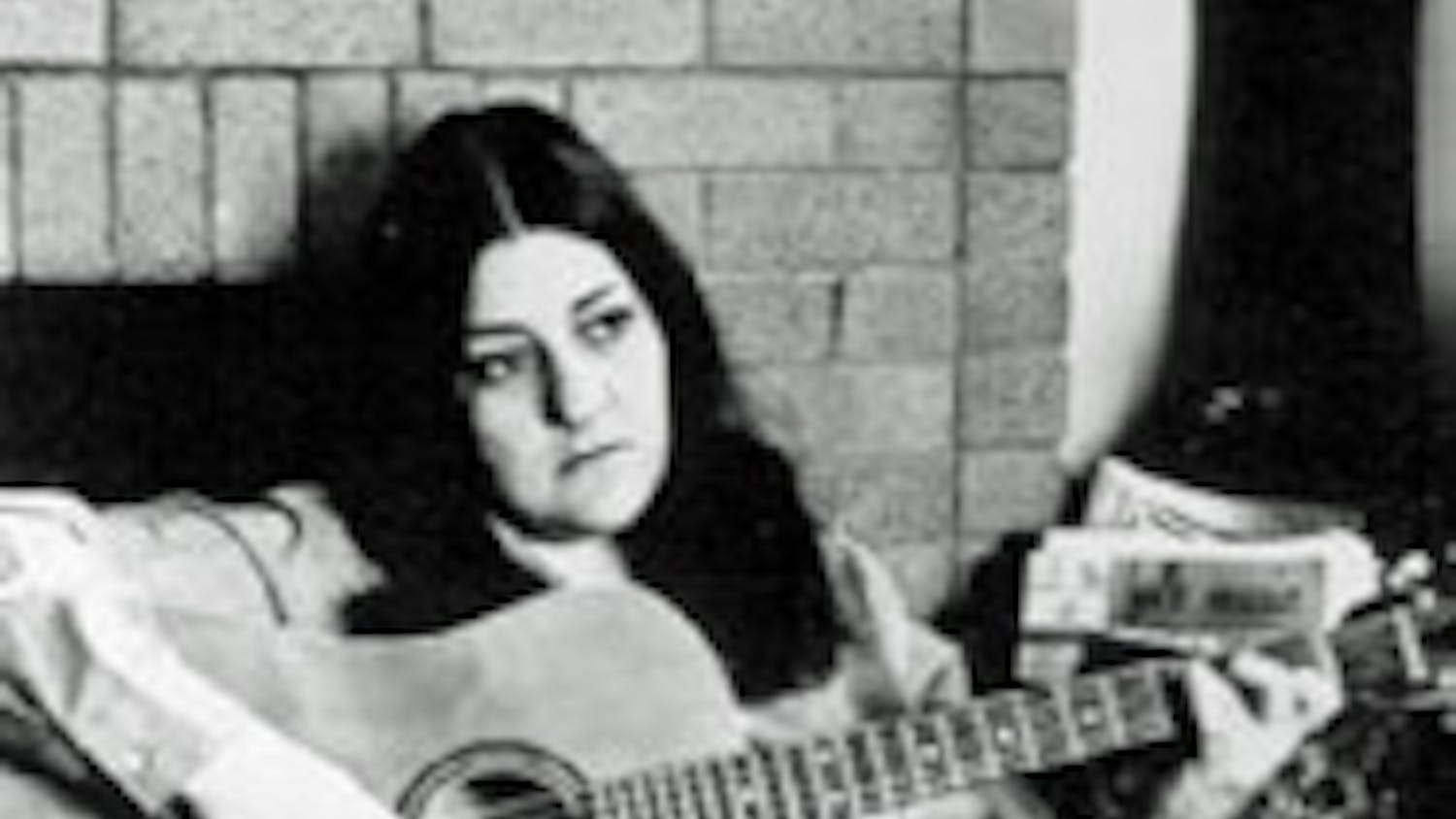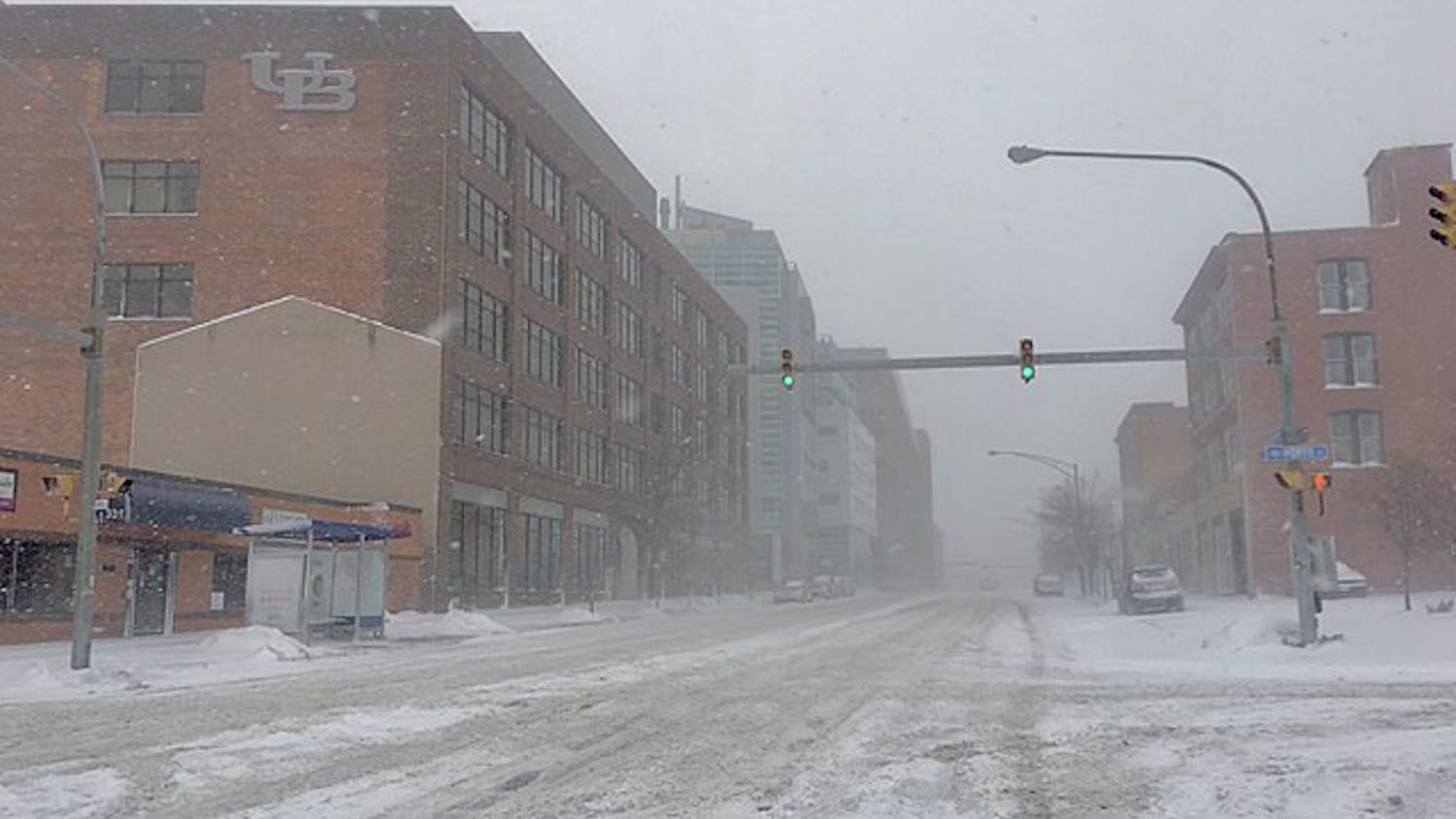Don't call Douglas Perrelli a modern-day Indiana Jones.
As an archaeologist himself, Perrelli sees the fictional character as nothing but a "fake" and a "borderline unethical artifact looter."
Perrelli is the director and principal investigator of the Archaeological Survey within the Department of Anthropology at UB. Unlike Indiana Jones, Perrelli is a professional archaeologist in charge of an applied archaeology team whose biggest contract is with Buffalo's Department of Transportation.
Perrelli is quick to debunk the idea of archaeologists "finding golden and crystal skulls and temples of doom." He believes it is more interesting to dig up the kitchens and garbage from people's lives from thousands of years ago.
He describes the concept of Indiana Jones to be one that is "absurd" and "ridiculous" because it is so far from the truth of what real archaeologists do for a living.
All of Perrelli's archaeological life has been spent in Western New York or northwest Pennsylvania. He said a lot of people are surprised he hasn't explored Europe or Canada for archeological purposes.
However, Perrelli said there is a perfectly good explanation to this. In Western New York, there are over 4,000 excavation sites. It was in Buffalo that Perrelli excavated what he believed to be the single-most interesting site.
Perrelli discovered remnants of a necklace made of bobcat teeth with holes drilled in them so they could be strung on string and worn around the neck. The site dated to about 1400 A.D. Perrelli had also discovered the bones of birds that are now extinct.
Perrelli admits there are certain aspects of the job that bring about unhappiness. He said the general public could be difficult when they fail to understand why Perrelli and his team of archaeologists need to excavate a site that's on their property. Perrelli stressed how he wants to educate the public so as to keep them informed.
Dan Snyder, a fifth-year graduate student in the Department of Anthropology and one of Perrelli's current students, agrees.
"I think one of the best things he does and what we do is connecting with the local community and doing outreach projects and welcoming anyone that wants to learn more about the history and prehistory of the area," Snyder said.
Nothing is tougher than dealing with the local Native American groups, according to Perrelli.
"Here in Western New York, the Iroquois are alive and well," Perrelli said. "When you dig up their heritage sites, they can be really profoundly offended and angry about it because they feel some ownership of those cultural resources as they're ethnically related to it. When I dig up an Iroquois site in Western New York, that creates bad feelings between me and the Iroquois people who live here because they feel like I'm disrupting their past."
This direct conflict with Perrelli's need to excavate can only be dealt with through negotiations and communication. This is why Perrelli has said his proudest moments on the job are when he has had successful negotiations with local Native American tribes. Perrelli's job can be very demanding.
He is both a member of the Registry of Professional Archaeologists and the Society for American Archaeology. Perrelli's early undergraduate years were spent at SUNY Geneseo, where he graduated from in 1986. He received his Ph.D. from the Department of Anthropology at UB in 2001 and became director of the Archaeological Survey that same year.
Perrelli said the Archaeological Survey is a company that does professional archaeology and is attached to the anthropology department.
"He gets a lot of stress from all ends," said James Hartner, the senior project director of the Archaeological Survey. "But he handles it really well. He goes fishing and plays hockey, too. I've known him for so long; I just know what he likes and I'm glad that he does it still because, just like any other job, you just want to get away for a while."
Perrelli believes one of the joys of anthropology and archaeology is to be able to practice it locally and to have students realize there's always a new problem and new mystery to solve each time they dig material out of the ground.
He sees the practical experience in the field as highly beneficial for students because of the hands-on and experiential training that can't be learned from a book. Without experiencing field techniques of excavation, it is difficult for a person to be called an archaeologist, according to Perrelli.
As a professor, Perrelli communicates well and is one of the "more approachable" ones in the archaeology department, according to Hartner, his friend and co-worker.
Perrelli will always remember his very first student.
In 1992, Perrelli was out at the Spaulding Lake site doing some excavation and a young kid had walked up to him.
"I'll never forget little Joe McGreevy walking up to me as a UB archaeologist and saying 'Hey, can I watch you dig or maybe help out?'" Perrelli said.
To this day, Perrelli is friendly with McGreevy, who went on to study archaeology in school. The two will be working together this summer for a local public outreach program.
"I taught Joe how to do archaeology as a young kid who came walking up to a site I had happened to be working on and helped him throughout his college career into becoming a professional archaeologist ... but that's the one experience of reaching out to a local kid and helping him realize his dream of archaeology from my earliest days of local work," Perrelli said. "He's one of the best archaeologists I know."
Perrelli continues to be an influence his students' lives today.
"He's been extremely helpful for me," Snyder said. "I'm doing my work in Western New York and so being able to work with him has really facilitated my studies ... what he's doing is basically a model of what I'm trying to do."
Snyder believes his adviser has had a big impact on Western New York's archaeological scene, which is impacting his own work greatly.
Hartner said Perrelli has also built good rapport with a lot of his students.
"Students are interesting because they always think in ways that I don't," Perrelli said. "It's new to them so their suggestions of why something happened or why something is where we found it are always very instructive for me. Students routinely come up with very good ideas about how to interpret the archaeological record in ways that I wouldn't even think of. Sometimes those suggestions are really insightful and important to the interpretation of what you're finding."
Archaeology was not Perrelli's childhood dream. In fact, Perrelli went to college to major in pre-forestry - he even took an interest in fine arts for a while. He took an anthropology course by "accident" and the interest grew so much so that he ended up taking up a six-week summer school program in Genesee Valley.
Perrelli's six-week experience in field school made him choose a career in archaeology.
"I just fell in love with the idea of excavating sites and finding material culture that's really ancient - as in thousands of years old - and trying to tell a story with the small amount of material you actually find," Perrelli said. "The process of excavating a site and trying to interpret the material found was fascinating to me."
Perrelli brings his students on trips during the summer to go through the same learning experience he did an undergraduate. The team he brings with him includes a mix of professional archaeologists and students learning to do archaeology as a career.
He encourages his students to go for field school and spend six weeks excavating a site, while getting a feel of digging something out of the ground and discovering it dates back 5,000 years. He views this as a unique opportunity UB has as a major public research institute.
"To be re-exposed and reconsidered by somebody so many thousands of years later, it's just fascinating to me because of the disconnect between how it was originally used and the way we think about it today," Perrelli said. "We find a knife that's 5,000 years old that's made and chipped from stone and we find a knife that's in use today and it's metal, but they still perform the same function in basically the same way. That's interesting to me."
Email: features@ubspectrum.com





